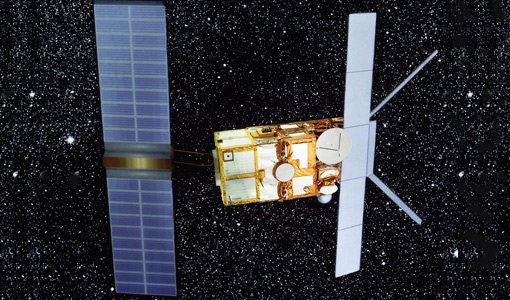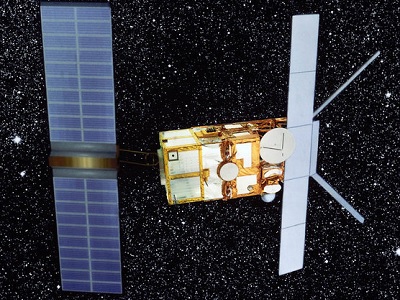- All Categories (4271)
- Data (2)
- News (4)
- Missions (7)
- Events (8)
- Activities (2)
- Documents (4248)
Document - Proceedings
1st MSG RAO Workshop
Proceedings of the workshop organised by ESA and EUMETSAT held in CNR of Bologna, Italy in May 2000.
Document - Proceedings
2004 Envisat and ERS Symposium
The 2004 Envisat and ERS Symposium was held in Salzburg - Austria from 6 to 10 September 2004. The 2004 Envisat and ERS Symposium provided a forum for investigators to present results of ongoing research project activities and assess the development of applications and services.
Document - General Reference
2013 Dragon 3 Brochure
The 2013 Dragon 3 cooperation brochure presents the activities undertaken since the formal start of programme in June 2012.
Document - Proceedings
2nd-MSG-RAO-Workshop.pdf
Proceedings of the 2nd MSG RAO Workshop, held on 9-10 September 2004 in Salzburg, Austria
Document - Proceedings
3rd-MSG-RAO-Workshop.pdf
Proceedings of the 3rd MSG RAO Workshop held on 5 June 2006 in Helsinki, Finland
Mission - Heritage Missions
ATSR Overview
Applications KuroShio current captured by ERS The ATSR onboard the ERS missions had several applications spanning the disciplines
Document - Product Cal/Val Plan/Report
Calibration-of-the-GOME-instrument-for-ERS-2.pdf
This document describes the calibration processes for the GOME (Global Ozone Monitoring Experiment) instrument aboard ERS-2.
Document - Proceedings
Dragon Programme Mid-Term Results
Proceedings of the 2005 Dragon Symposium held on 27 June - 1 July 2005 in Santorini, Greece.
Document - General Reference
EarthCARE-Earth-Clouds-Aerosols-and-Radiation-Explorer.pdf
This report describes the EarthCARE mission, one of the candidate Earth Explorers in the second cycle in 2001.
Event - Training
EO Summer School 1
Keynote lectures on global change issues are also given to discuss the current state of the science of global change and
Event - Training
EO Summer School 2
Keynote lectures on global change issues are also given to discuss the current state of the science of global change and
Event - Training
EO Summer School 3
In line with observations it shows anti-cyclonically rotating surface currents and cyclonically rotating bottom currents.
Event - Training
EO Summer School 4
Keynote lectures on global change issues are also given to discuss the current state of the science of global change and
Event - Training
EO Summer School 5
Keynote lectures on global change issues are also given to discuss the current state of the science of global change and
Event - Training
EO Summer School 6
Keynote lectures on global change issues are also given to discuss the current state of the science of global change and
Event - Training
EO Summer School 7
Keynote lectures on global change issues are also given to discuss the current state of the science of global change and
Event - Training
EO Summer School 8
Keynote lectures on global change issues are also given to discuss the current state of the science of global change and
Activity - General activities
EO Summer Schools
Keynote lectures on global change issues are also given to discuss the current state of the science of global change and
Mission - Heritage Missions
ERS Overview
global scale, the two ERS satellites expanded our understanding of the interaction between the oceans and atmosphere, ocean currents
Mission - Heritage Missions
ERS Radar Course 1
Therefore, microwaves easily penetrate clouds, and images can be acquired independently of the current weather conditions


